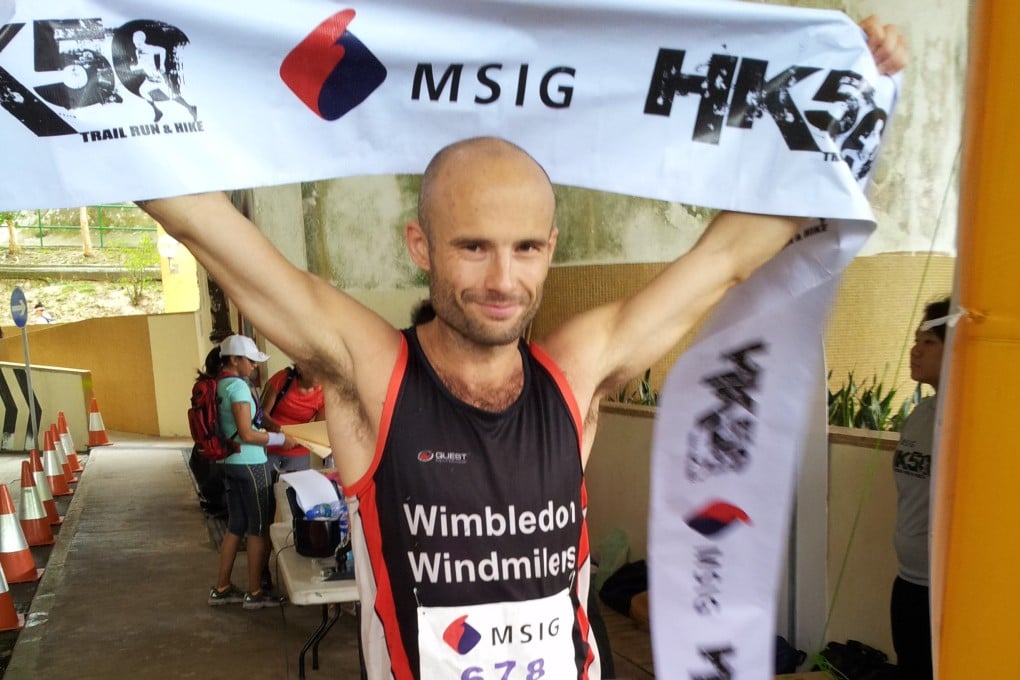Advertisement
Ultrarunner has hip resurfacing, looks to race in ultramarathons again – after all, Andy Murray is playing pro tennis with his ‘Terminator’ hip
- Elite athletes have come back after hip resurfacing, and writer Pavel Toropov aims to be the first ultrarunner to run competitively after having the procedure
- He describes his stop-start progress – his surgeon tells him he’ll have no problem with the metal in his joint, it’s the human parts that could slow him down
Reading Time:5 minutes
Why you can trust SCMP
0

Hip resurfacing surgery is a little like Terminator manufacturing in reverse – instead of making killer cyborgs by growing human flesh on a metal skeleton, worn-out bones are lined with metal in living humans.
Part-man, part-machine, these hips mimic the natural structure of the joint so well that star athletes who have them continue to fly high: Russian fencer Artur Akhmatkhuzin won an Olympic gold with a resurfaced hip, UK tennis ace Andy Murray returned to professional tournaments and Canadian ice hockey player Ed Jovanovski made an NHL comeback.
Although some runners with metal hips have completed ultra-marathons, nobody has yet done one competitively. Having had a hip resurfaced last year, I decided to try to become the first ever elite ultrarunner with a “Terminator hip”.
Several years ago, osteoarthritis – the wearing out of the hip joint – put an end to my ultramarathon racing. The problem was initially misdiagnosed as groin injuries, glute problems and various combinations of unbalanced muscles. Then an X-ray showed that, with every step, I was scraping bone against bone – the cartilage in my hip had been worn out by years of competitive taekwondo.

I could still run despite not being able to race, but my runs were shorter and my gait more lopsided as I tried to offload the weight from the inflamed hip and lessen the pain that would take longer to recede after each run.
Then the pain became permanent. Walking to the supermarket turned into a chore, and the pain would shoot down the leg at night, keeping me awake.
Advertisement